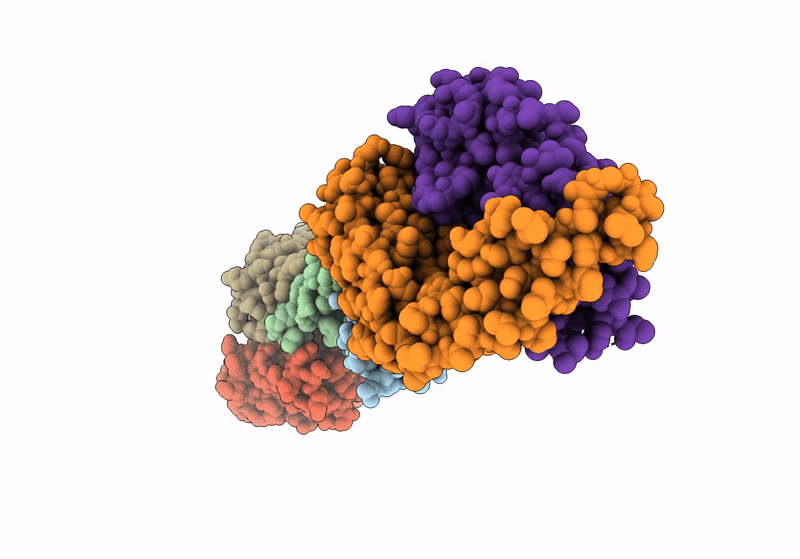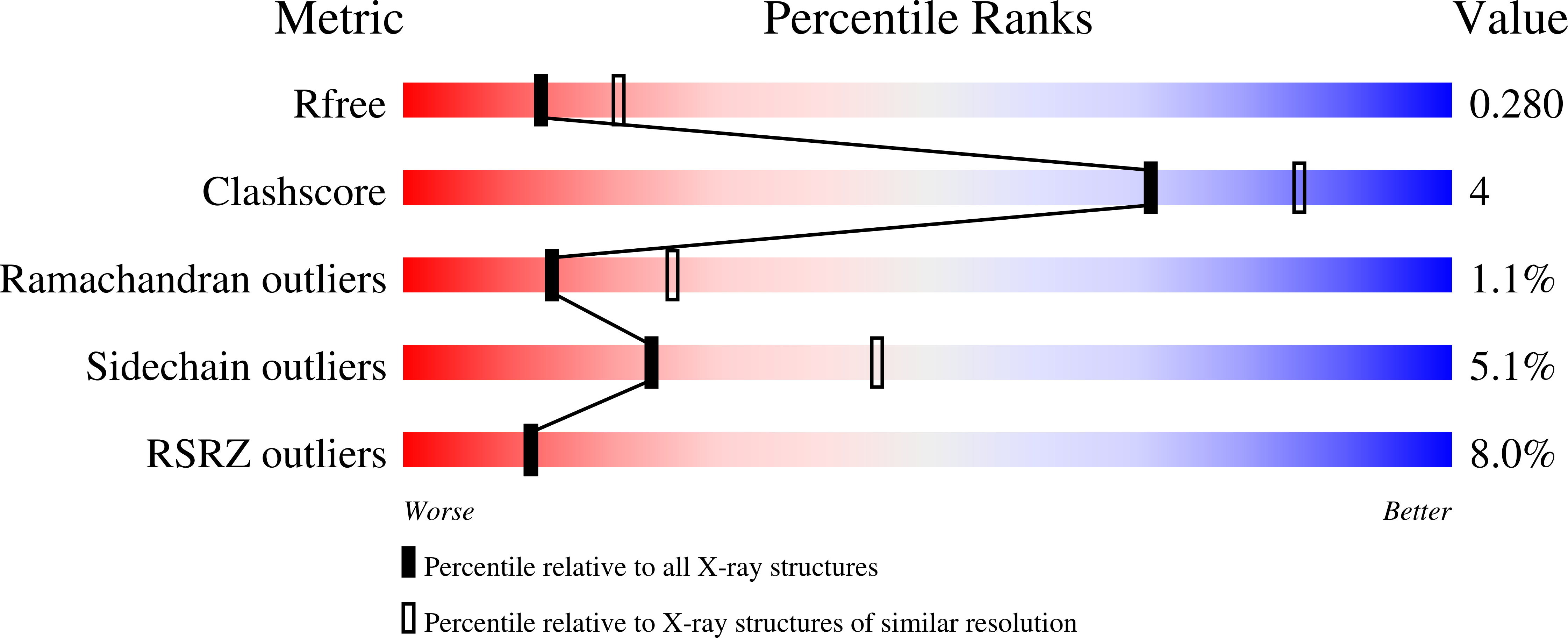
Deposition Date
2023-11-30
Release Date
2024-04-10
Last Version Date
2024-11-13
Entry Detail
PDB ID:
8V52
Keywords:
Title:
Crystal structure of 2A10 Fab bound to Human TGF-beta3
Biological Source:
Source Organism:
Homo sapiens (Taxon ID: 9606)
Host Organism:
Method Details:
Experimental Method:
Resolution:
2.50 Å
R-Value Free:
0.26
R-Value Work:
0.22
R-Value Observed:
0.22
Space Group:
I 1 2 1


